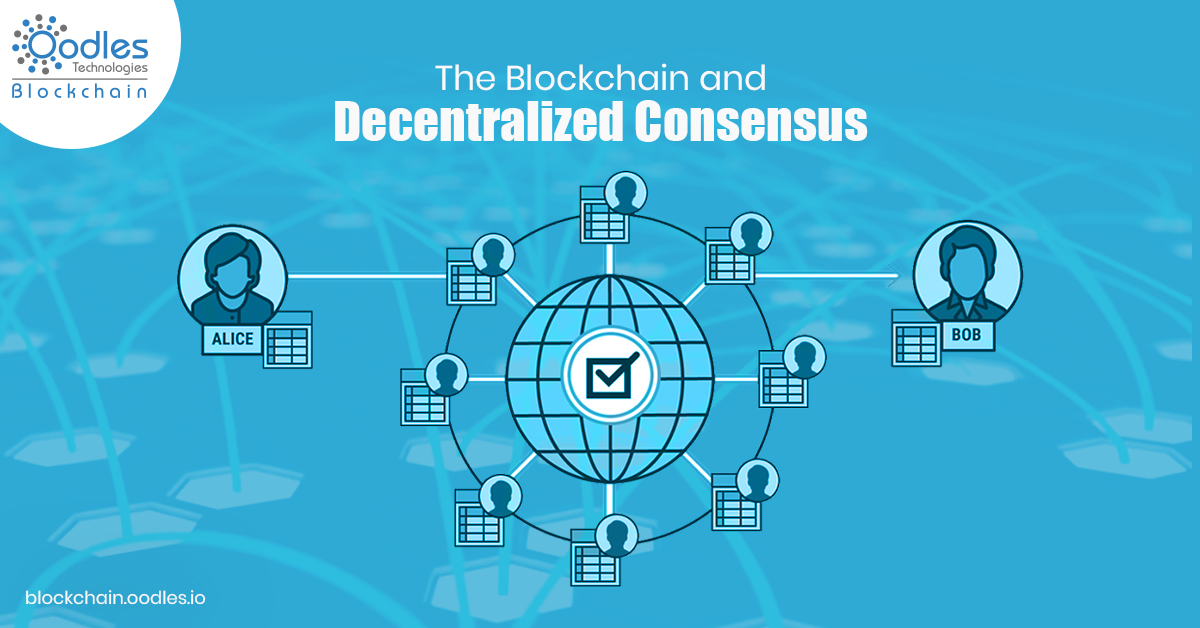-
There's no doubt that there's a shift in approach. We are now focusing on, from one cryptocurrency to multiple cryptocurrencies based applications developed on top of the blockchain technology.
In this blog, we will analyze the prospective influence of the blockchain technology on software developers and why should it matter the most to them.
In a nutshell, we can only say that blockchain is the new database and wannabe blockchain developers are all set to rewrite it.
However, you must know that the underlying technology or mechanism of blockchain is quite similar to a standard database. It only differs the way we interact with the database.
For software developers, the blockchain technology has the potential to cause a paradigm shift in the way software engineers will write software applications in the future and has become one of the most significant concepts that demand to be understood thoroughly. We need to comprehend the unexplored ideas; how they relate to each other in this latest computer paradigm that's getting untangled in front of us; credible computing, decentralized accord, smart contracts, and proof of work/state. This computing paradigm can't be ignored as it will play the role of a catalyst for the development of DApps (Decentralized applications).
Decentralized applications are going the lay the foundation of a decentralized world at legal, business and governance levels. There is a group that's behind decentralizing everything and wants to hand over the power to the edge of the networks. So, be prepared to comprehend these ideas.
So, let's understand, what's Decentralized Consensus.
Decentralized consensus breaks the age-old centralized consensus method, where one central database dominates the transaction power.
On the other hand, the decentralized consensus, on which the Bitcoin protocol is based, moves the authority and credibility to a decentralized virtual network. And, enables its nodes to regularly and sequentially record transactions on a public network by building a unique chain, which we know as Blockchain.
Each next blockchain contains a 'hash' (a unique fingerprint) of the antecedent code; therefore, cryptography (via hash codes) is utilized to safeguard the verification details of the transaction source and eradicates the need for an intermediary.
The excellent combination of Cryptography and Blockchain ensures that no single record is replicated recording of the previous transaction.
We can think of this consensus method as the foundation layer of a decentralized architecture. In a nutshell, it can be called the basis for the key protocol that dominated blockchain's operations.
Liked this blog? You can read more here. You can also drop any suggestion or query related to blockchain services.

Our Offices
INDIA
Emaar Digital Greens, Sector 61,
Gurugram, Haryana
122011.
Welldone Tech Park,
Sector 48, Sohna road,
Gurugram, Haryana
122018.














